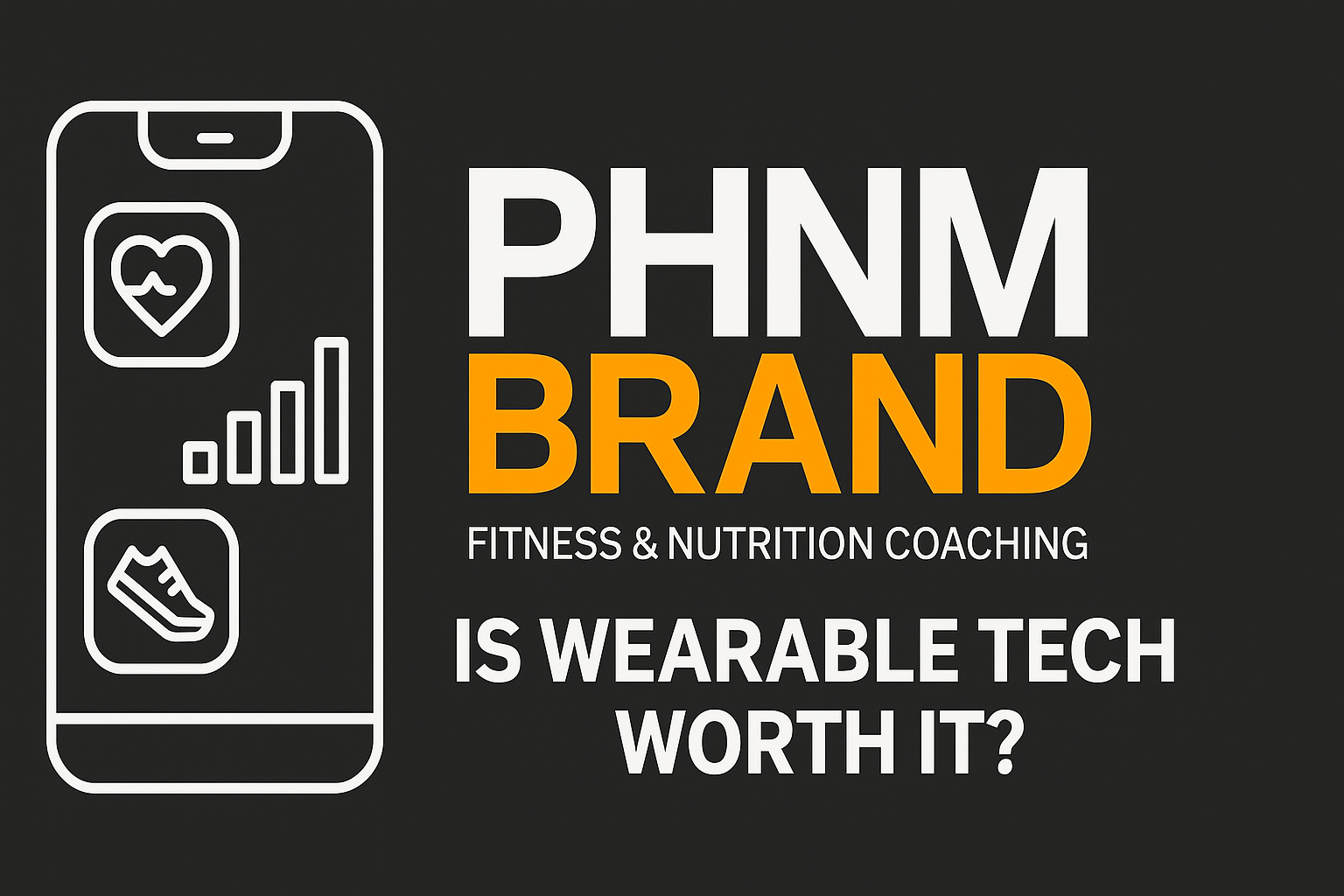Is Wearable Technology Worth It and Does It Drive Real Change?
From step counters and heart rate monitors to continuous glucose trackers and smartwatches, wearable technology has exploded into the mainstream. Promising everything from better health insights to optimized workouts and improved sleep, these devices seem like must-haves. But do they actually create meaningful change?
The Promise of Wearables
Wearables are designed to make health data more accessible. They can track:
-
Steps, calories, and movement patterns
-
Sleep quality and duration
-
Heart rate and heart rate variability (HRV)
-
Stress levels and recovery
-
Blood oxygen, glucose, and even temperature
On paper, this kind of data should empower users to make better choices. But data alone doesn’t drive change — behavior does.
Data vs. Action
One of the biggest criticisms of wearable tech is that while it tracks everything, it doesn’t always translate into consistent action. Many users:
-
Stop wearing their device after a few months
-
Ignore the feedback or don’t know how to apply it
-
Focus on vanity metrics (like daily steps) without changing underlying habits
The result? High engagement early on, followed by drop-off and little lasting behavior change.
My Personal Take
I’ve tracked my food intake nearly every day for the last nine years. It’s not about obsession, it’s about awareness. That awareness has helped me stay aligned with my goals, make better nutritional choices, and adjust when life throws a curveball.
I also wear an Oura Ring to monitor my sleep and recovery. While I don’t treat every data point as gospel, the trends matter. It tells me when I need to dial it back, when I can push harder, and how lifestyle choices (like screen time or late meals) affect my sleep. It doesn’t change my behavior on its own, but it supports my decision-making.
When Wearables Do Work
Wearable tech can absolutely be a game changer when paired with accountability, coaching, or a clear goal. They work best when:
-
The user is motivated and ready to change
-
Feedback loops are simple and actionable (e.g., sleep score drops → cut caffeine after 2pm)
-
The data is paired with expert guidance, like from a coach, trainer, or healthcare provider
Think of wearables as a tool, not a solution. A hammer is only useful if you have a nail and a reason to use it.
Worth the Investment?
Here’s when wearable tech might be worth it:
-
You want to improve sleep, recovery, or training intensity
-
You need a daily accountability prompt
-
You like seeing progress visually
-
You’re working with a coach or app that uses wearable data to guide training
And when it’s probably not worth it:
-
You’re not going to check or use the data
-
You already feel overwhelmed by health information
-
You’re hoping the tech itself will motivate you
Final Thought: Behavior First, Tech Second
Wearables don’t change behavior but they can support it. If you’re clear on your goals and ready to take consistent action, a wearable can amplify your progress. But don’t expect the device to do the work for you.
Build the habits first. Then let the tech guide, adjust, and optimize.

